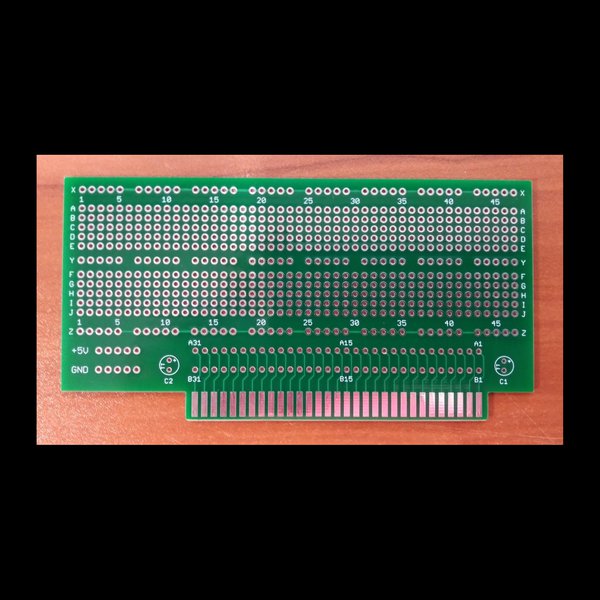I have a bunch of 286 and 386 based machines with between 512kB and 1MB on the motherboard, but no other capability for RAM expansion. There are a number of excellent 8 bit ISA 1MB cards out there, but I can’t find a 16 bit design. Additionally, the ISA XMS cards that come up on eBay are either extremely expensive or very small (the 128k IBM AT expansion, for example).
So, has anyone considered making a simple ISA XMS board? I was thinking that a board that provided 4MB of XMS, using static RAM, should be a rather simple design. I’ve actually spent some time looking for XMS board schematics to work from, as I’ve never designed an ISA card before, with little result.
Any ideas are welcome!
- Alex
So, has anyone considered making a simple ISA XMS board? I was thinking that a board that provided 4MB of XMS, using static RAM, should be a rather simple design. I’ve actually spent some time looking for XMS board schematics to work from, as I’ve never designed an ISA card before, with little result.
Any ideas are welcome!
- Alex




